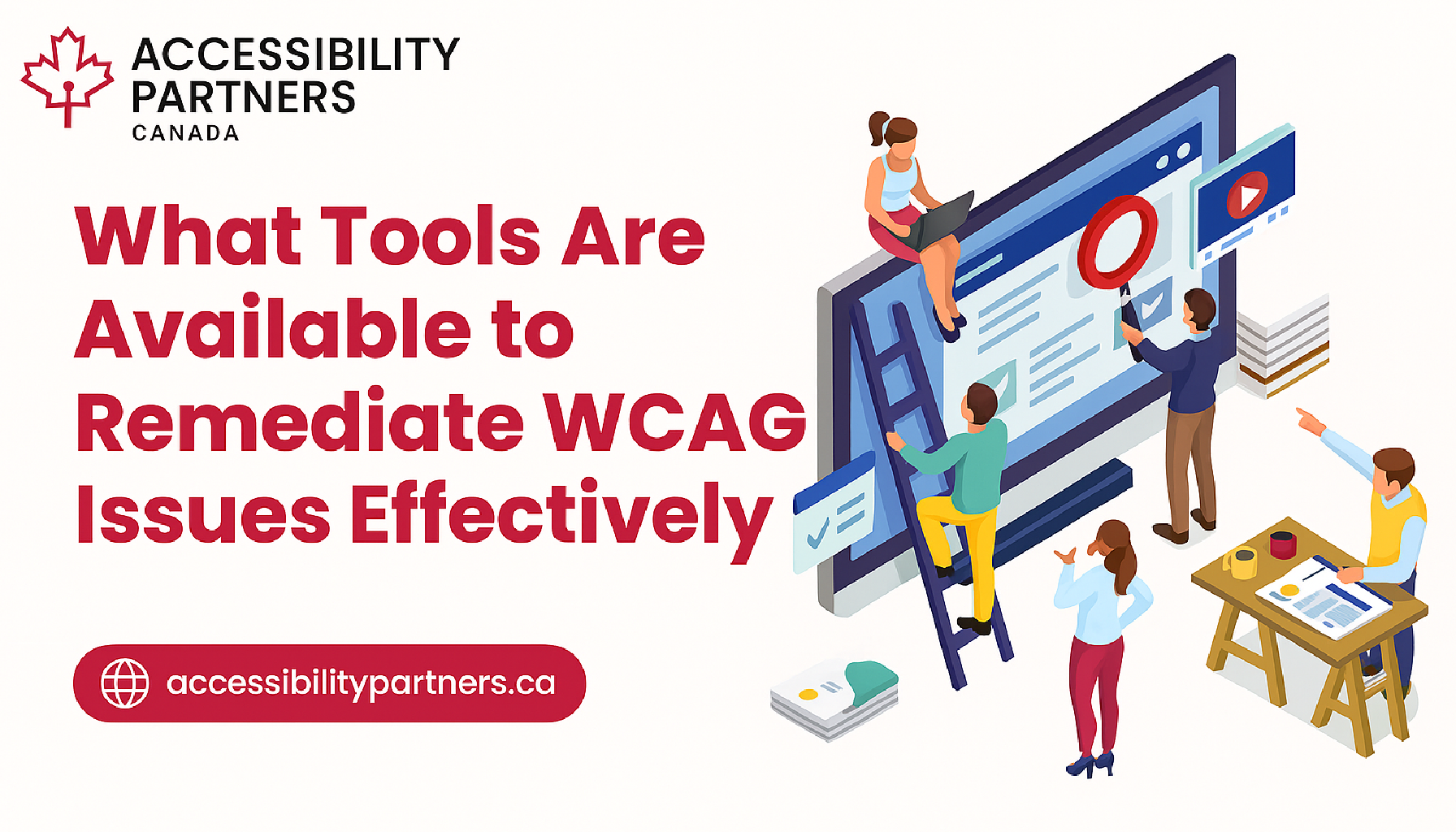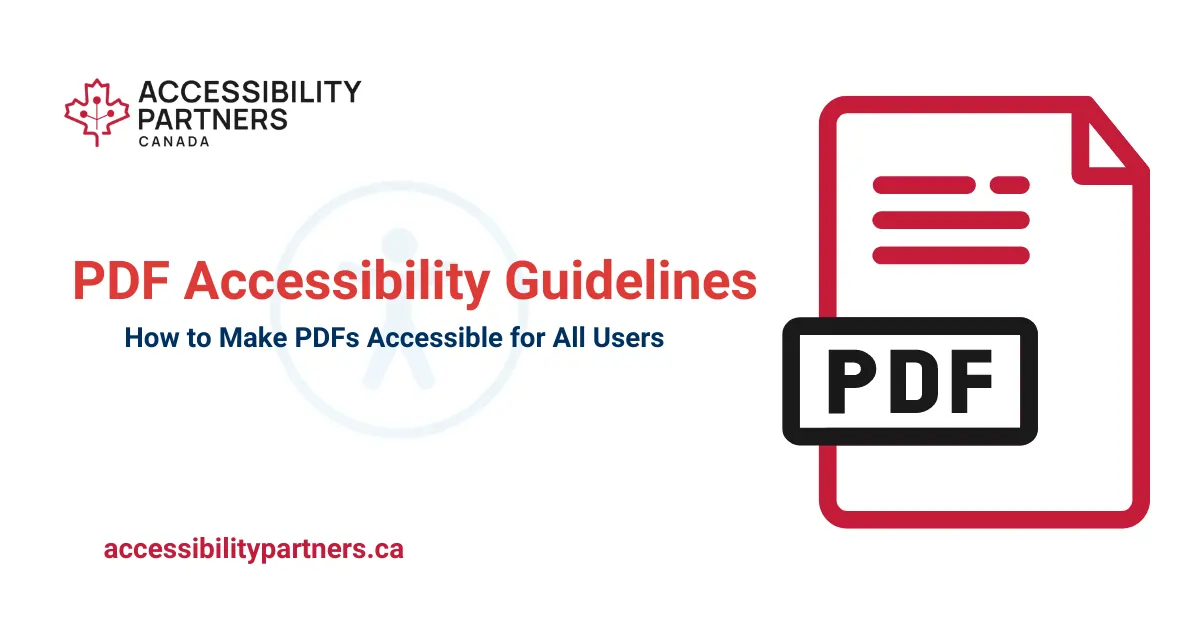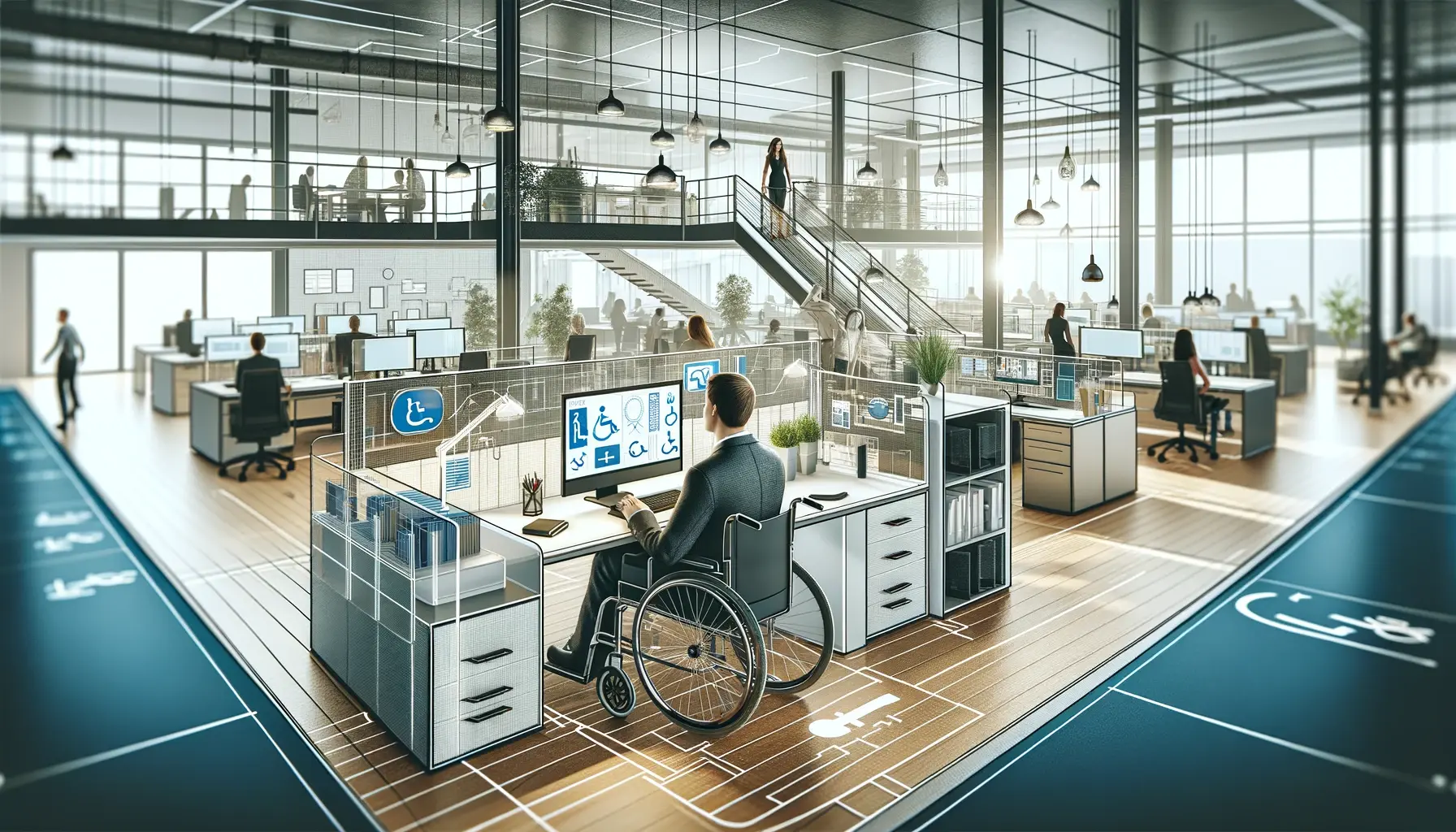Our Blogs

In Ontario, accessible washrooms are a critical aspect of creating inclusive environments that meet the needs of all individuals, regardless […]

Organizations, businesses, and institutions are all expected to comply with the Nova Scotia Accessibility Act. This is an important step in ensuring equitable access to all in Nova Scotia by 2030!

Achieving WCAG compliance is key to creating an inclusive user experience and staying on the right side of legal requirements. Thankfully, numerous tools are available to help organizations address accessibility issues efficiently. In this article, we’ll dive into the importance of WCAG, and common accessibility challenges, and Discover what tools are available to remediate WCAG issues and ensure web accessibility compliance with effective solutions for

In today's world, digital accessibility has become a priority, and PDFs are a widely used format for sharing information across various platforms. While PDFs offer convenience, they can pose challenges for users with disabilities if they are not properly formatted for accessibility. Ensuring your documents comply with PDF accessibility guidelines is crucial to reach all users.

In today's rapidly evolving urban landscape, the integration of accessible features into new and modern buildings has become a standard practice. However, there is often a significant gap in this progressive approach when it comes to our cherished heritage buildings. These historical structures, rich with cultural and architectural significance, frequently lag in accessibility. As we strive for a more inclusive society, it is crucial to

Accessibility is fast becoming one of the core service pillars of government organizations and businesses. Now more than ever, organizations work to ensure that their spaces serve people with disabilities respectfully and comfortably. This shift is due to the advocacy of various disability groups, growing social consciousness, and accessibility laws such as the ADA, AODA, and ACA. Embarking on the accessibility journey can be daunting

Disability affects many Canadians. Over 22% currently have a disability and this figure increases to 38% for those over 65. With 1.85 million Ontarians affected, the prevalence of disability is expected to grow from one in six today to one in five in the next 20 years. These numbers will have an increasing influence on many Canadians as they consider the accessibility of businesses and

In a world where inclusivity is paramount, architecture stands as a silent yet powerful force shaping the accessibility of our built environments. It goes beyond just creating visually stunning structures; innovative architecture holds the potential to break down physical barriers and foster a more inclusive society.

The Accessibility for Ontarians with Disabilities Act (AODA) mandates that organizations in Ontario create accessible environments for all individuals, regardless of their physical and mental capabilities. Understanding the legal obligations under AODA is crucial for businesses, non-profits, and public sector organizations. Equally important is being aware of the consequences of non-compliance, which can include financial penalties. This blog outlines these obligations and the potential penalties

For many organizations, particularly small businesses and non-profits, the costs associated with becoming compliant with the Accessibility for Ontarians with Disabilities Act (AODA) can seem daunting. However, a variety of funding opportunities and resources are available to help ease this burden. This blog outlines key sources of financial support and guidance that can assist organizations in meeting AODA standards.

Navigating the complexities of the Accessibility for Ontarians with Disabilities Act (AODA) can be daunting for small business owners. However, compliance is not only a legal obligation but also a step towards creating a more inclusive environment for customers and employees alike. This guide provides practical insights and steps for small businesses to understand and implement AODA standards effectively.

The seismic shift in our work culture post-2020 has turned long-held assumptions about the workplace upside down. Organizations are now more open to a spectrum of work models, from fully remote to the traditional office, and everything in between. With these changes, it's imperative to examine how each model caters to the needs of the entire workforce, including individuals with disabilities. In this comprehensive exploration,
CONTACT US
Get Free Initial Compliance Consultation
At Accessibility Partners, we specialize in ensuring compliance with accessibility standards. Let us handle all your accessibility needs efficiently, so you can focus on your core business. Trust our expertise to keep your organization accessible to all.
